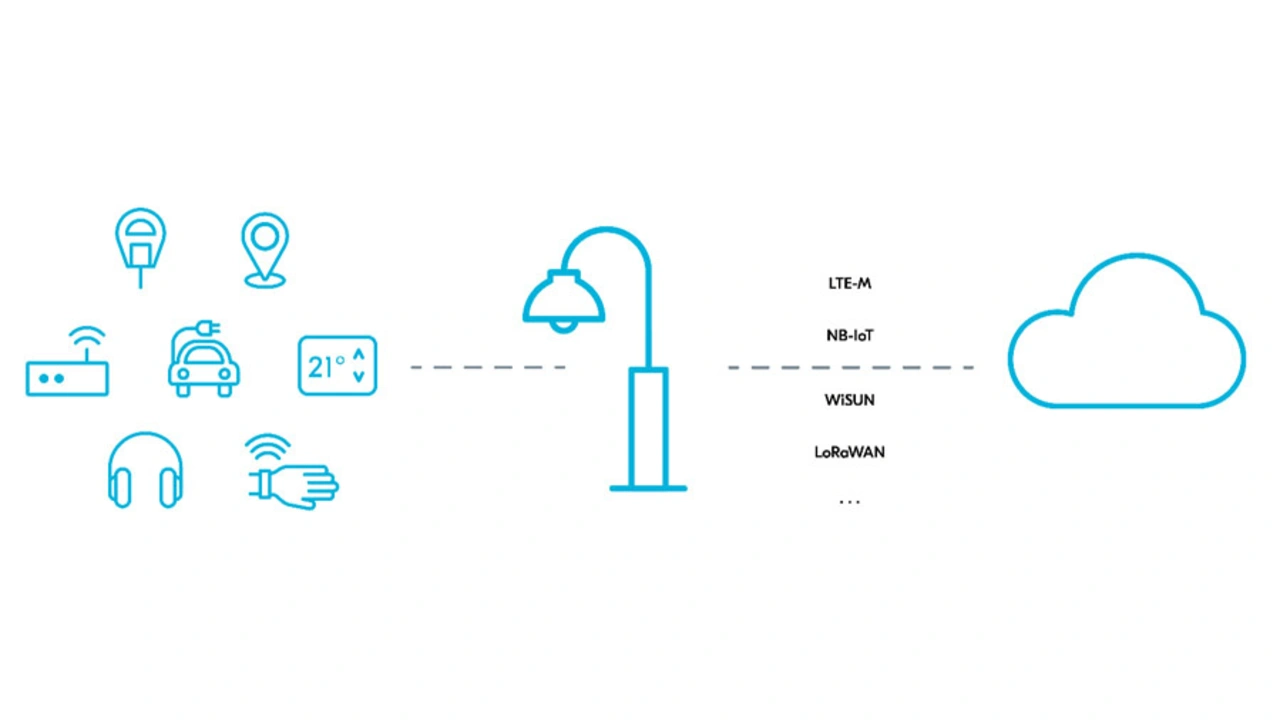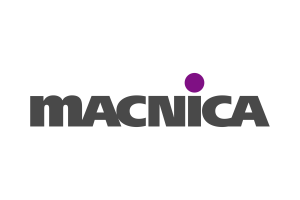License-free frequency band for 5G
Could DECT-2020 democratize massive IoT in 5G?
DECT-2020 NR is the first ever non-cellular, license-exempt technology to be adopted by the ITU. It promises to offer massive 5G IoT deployments cellular-levels of security and reliability at low-cost and so could transform applications like smart city and others.
In February the International Telecommunication Union (ITU) responsible for managing and marketing cellular ‘G’ standards made a truly landmark announcement: It is to adopt a non-cellular, license-exempt radio standard – DECT-2020 New Radio (NR) – for the very first time and make it part of 5G.
The announcement was made even more remarkable by the fact that there are many other established, non-cellular wireless IoT technologies in existence that did not become part of 5G.
Yet the ITU has a proven track-record for developing next generation wireless technologies the world genuinely needs, often before the world realizes how much it needs them.
So what is it about DECT-2020 NR (which we will now refer to as simply »DECT-2020«) that makes it so special? And what kind of applications and markets will it suit and why?
To address that question we will take the example of the smart city streetlighting as highly illustrative of the kind of massive IoT application – think node densities of up to a million devices per km2 – where DECT-2020 could become dominant and use it to examine DECT-2020’s unique feature set.
We will then drop down a gear in technical detail to examine how DECT-2020 operates at the Physical and Medium Access (PHY and MAC) layers, and how these employ cellular-type »Sink«, »Relay« and »Leaf« nodes, plus what’s termed ‘Data Link Control’ (DLC) and ‘Convergence’ (CVG) layers.
We will also examine DECT-2020’s ability to automatically form self-healing mesh networks and its use of proven and established cellular-type wireless techniques and architectures not used outside of the cellular wireless industry before.
The gateway to smart cities
Streetlighting is a mandatory utility for keeping cities and towns safe and secure for residents. This is why every large population center around the world can be seen from above the Earth at night by satellites orbiting above.
But this also creates a challenge: how do local authorities cost effectively manage such large streetlighting installations? Yes, there has been a wholesale shift towards higher quality more energy-efficient LED lighting. But managing such massive installations – especially in terms of further minimizing energy consumption (matching luminosity to local conditions) and maintenance (knowing which lights need repair to avoid costly unnecessary inspections) – remains a challenge.
Yet smart streetlighting is a key first step towards making cities smart. This is because the ubiquity and physical robustness of streetlights makes them ideal hubs for locating other smart city sensors. Examples include monitoring traffic flow and air pollution, managing parking spaces, making pedestrian crossings safer, detecting road traffic incidents, managing bike-sharing schemes, and even optimizing trash collection based on when trash cans are actually getting full. Using pre-existing streetlighting infrastructure would dramatically reduce installation cost yet yield operational cost savings that would invariably pay for itself over the long haul.
Smart streetlighting today
Smart city streetlighting is still very much in its infancy. Most installations have been more proof-of-concept-type projects that employ any one of a wide variety of wireless IoT standards.
Some are licensed such as cellular IoT in both its LTE-M and NB-IoT flavors which benefit from the global LTE infrastructure that covers 90 percent of the world’s population already. Others deploy their own infrastructure with unlicensed open standards-based radio spectrums used by, for example, Wi-SUN or Zigbee, and proprietary solutions such as Sigfox or LoRaWAN.

But if the truth be known, none of the above standards is the single ‘perfect’ solution for massive IoT smart city-type applications.
There is still a genuine »gap« in wireless IoT for low cost, machine-type communication at the massive millions-to-billions-of-nodes scale. One that offers the ultra-high reliability and low latency of a wired connection (e.g. Ethernet) at a low per-node-cost that is easy to install privately (i.e. self-organizing). And this need is no doubt what caught the ITU’s eye about DECT-2020.
An opportunity to standardize massive smart city-type applications using a single, secure, and reliable radio standard that supports a multi-vendor ecosystem, is future-proofed and scalable, and above all else is license-free in a way cellular is not. This is at core what DECT-2020 promises: to democratize 5G by allowing massive device deployments with all the benefits of cellular but at a much lower cost at massive IoT scale.
- Could DECT-2020 democratize massive IoT in 5G?
- So what is DECT-2020?
- Physical Layer
- Medium Access Control
- Data Link Control Layer and Convergence Layer
- Why DECT-2020 is the missing wireless IoT technology








